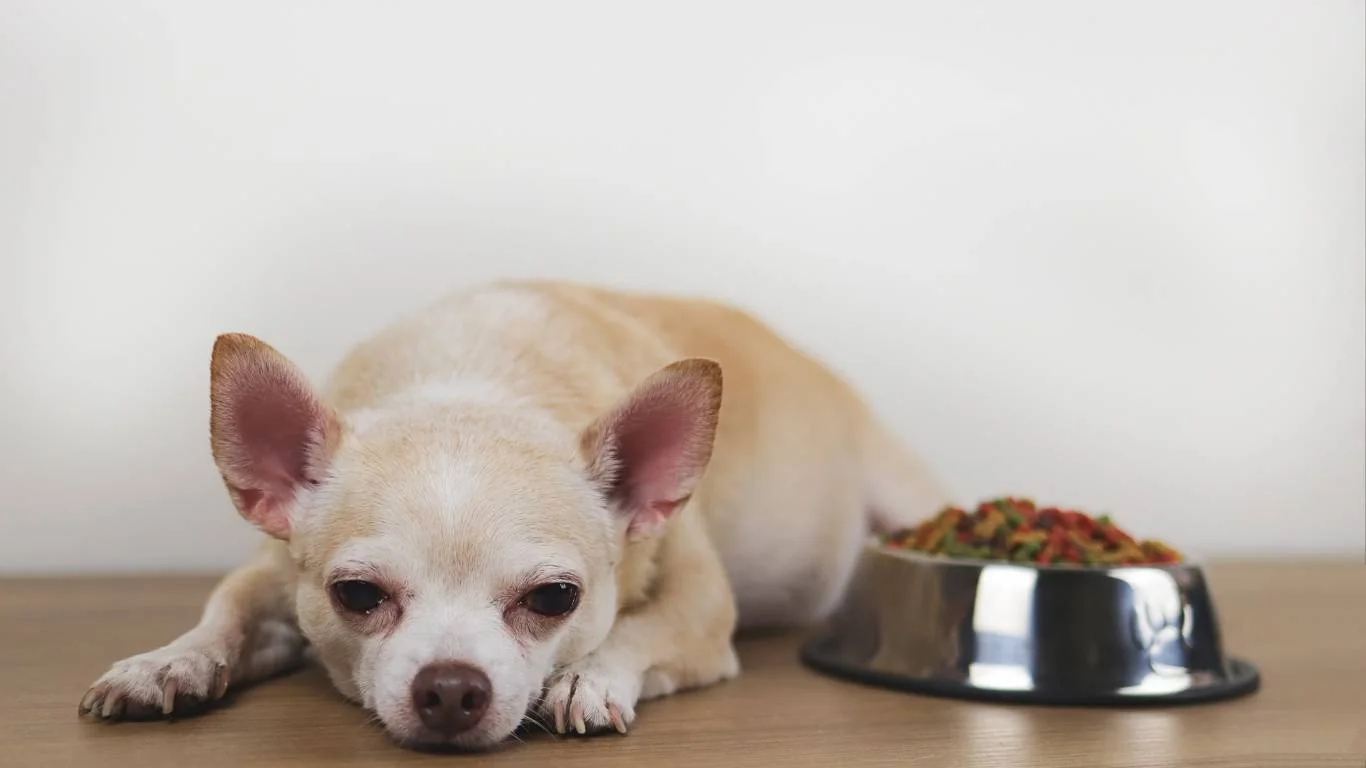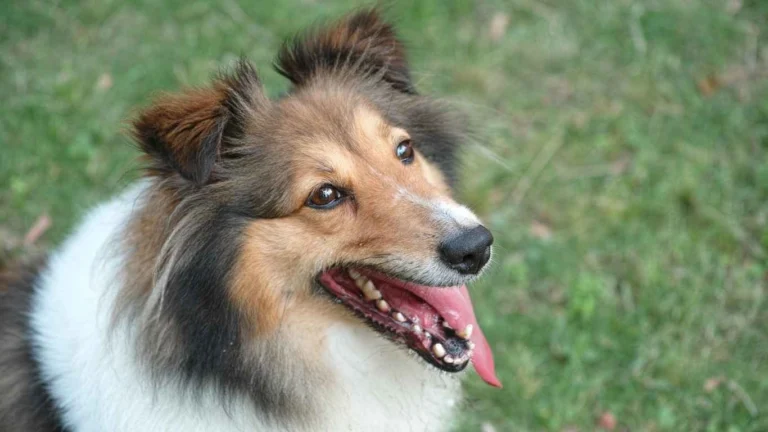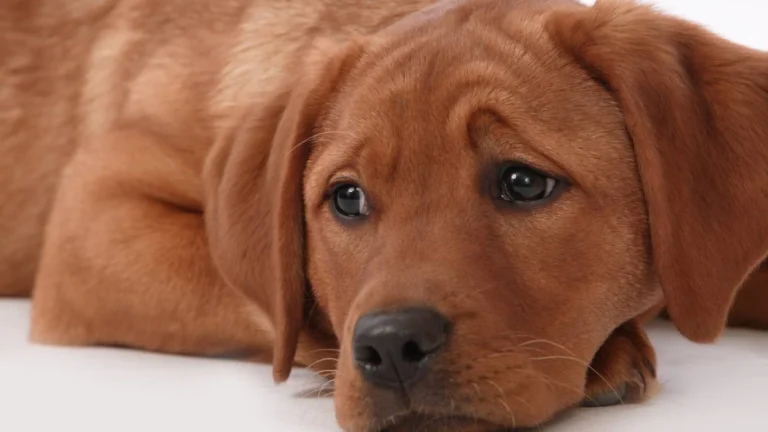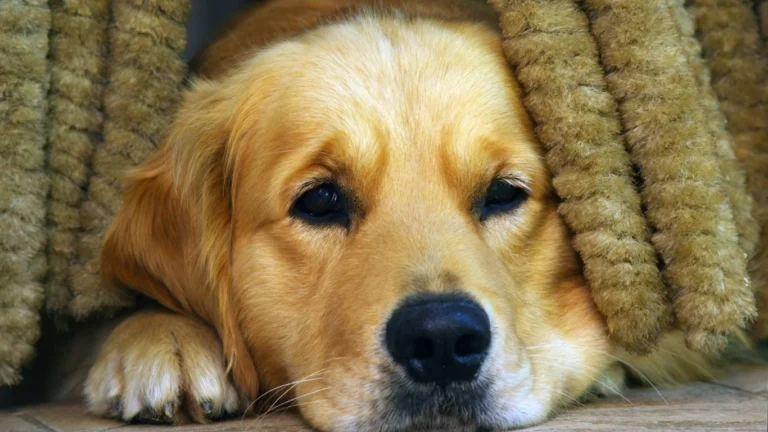What to Do If Your Dog Is Limping After Running: Quick Help
If you’ve ever asked yourself, “What to do if your dog is limping after running?” — you’re not alone. As a Veterinary Assistant with a strong focus on nutrition, I’ve seen this issue pop up more often than you’d think. One minute your pup is sprinting full speed at the dog park, tail wagging like crazy, and the next, they’re hobbling like they stepped on a Lego. It’s worrying, especially when they can’t exactly tell us what hurts. Let’s walk through what’s really going on and what you can do about it — based on both experience and solid vet-backed know-how.
Common Causes of Limping After a Run
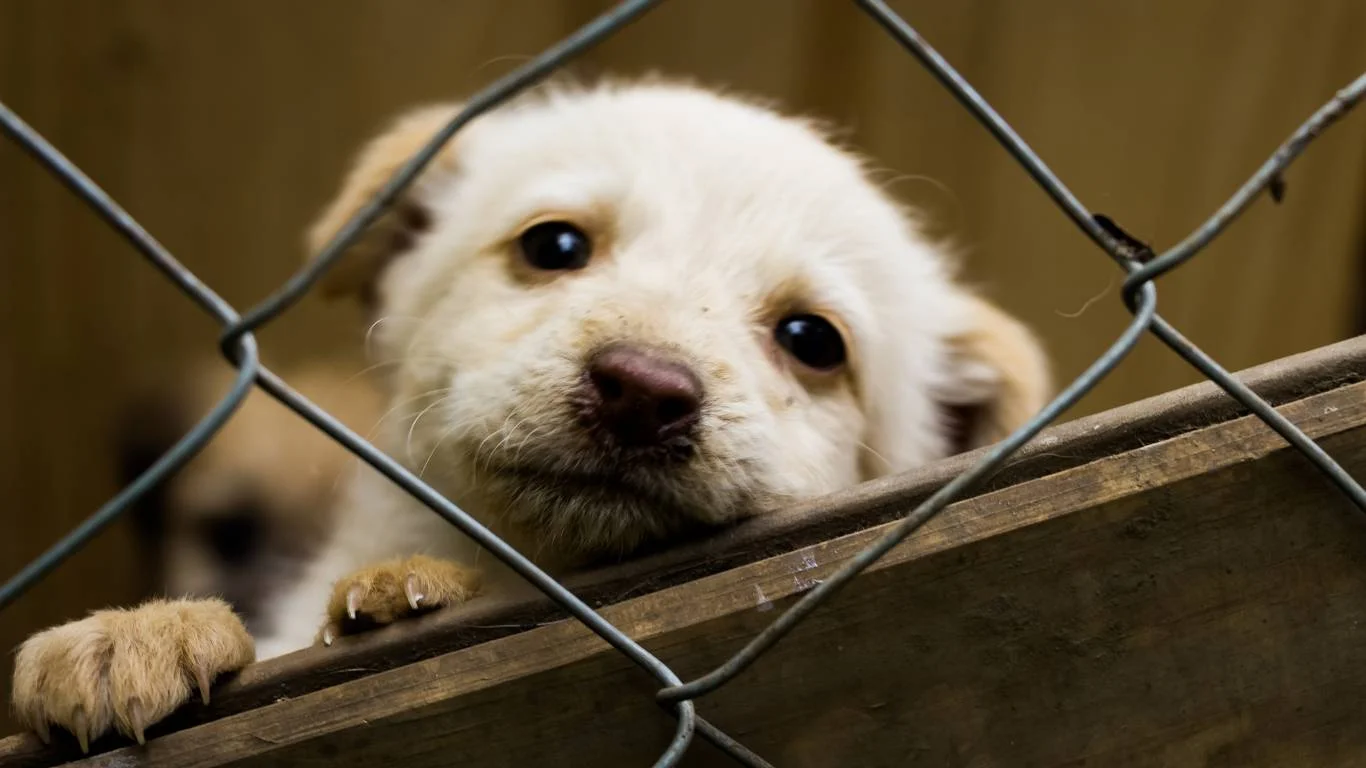
1. Muscle Strains and Sprains
This is by far the most frequent culprit I’ve seen at the clinic. Dogs are athletes in their own way, and just like us, they can overdo it. A hard sprint, a rough landing, or an unexpected twist can leave them with a pulled muscle or a stretched ligament.
Tip from experience: If your dog was doing zoomies in the yard or playing fetch like a maniac before they started limping, odds are it’s a strain. Most pups will show discomfort when they first get up but improve a bit with gentle movement.
2. Minor Cuts or Foreign Objects
Don’t underestimate how sensitive those paw pads are. I’ve seen dogs limp from the tiniest pebble or a stuck thorn. Sometimes, it’s a small cut or even something like sap stuck between the toes. If your dog starts licking the paw obsessively, that’s a clue.
- Check between the toes
- Look for cuts, swelling, or debris
- Gently rinse and clean the paw if needed
3. Paw Pad Burns or Abrasions
Hot pavement is a sneaky hazard, especially in the warmer months. I had a client once whose Golden Retriever came in limping after a midday jog on asphalt — turns out, his paw pads were practically cooked. Always do the hand test: if the ground’s too hot for your palm, it’s too hot for your pup’s paws.
When to Worry and Call the Vet
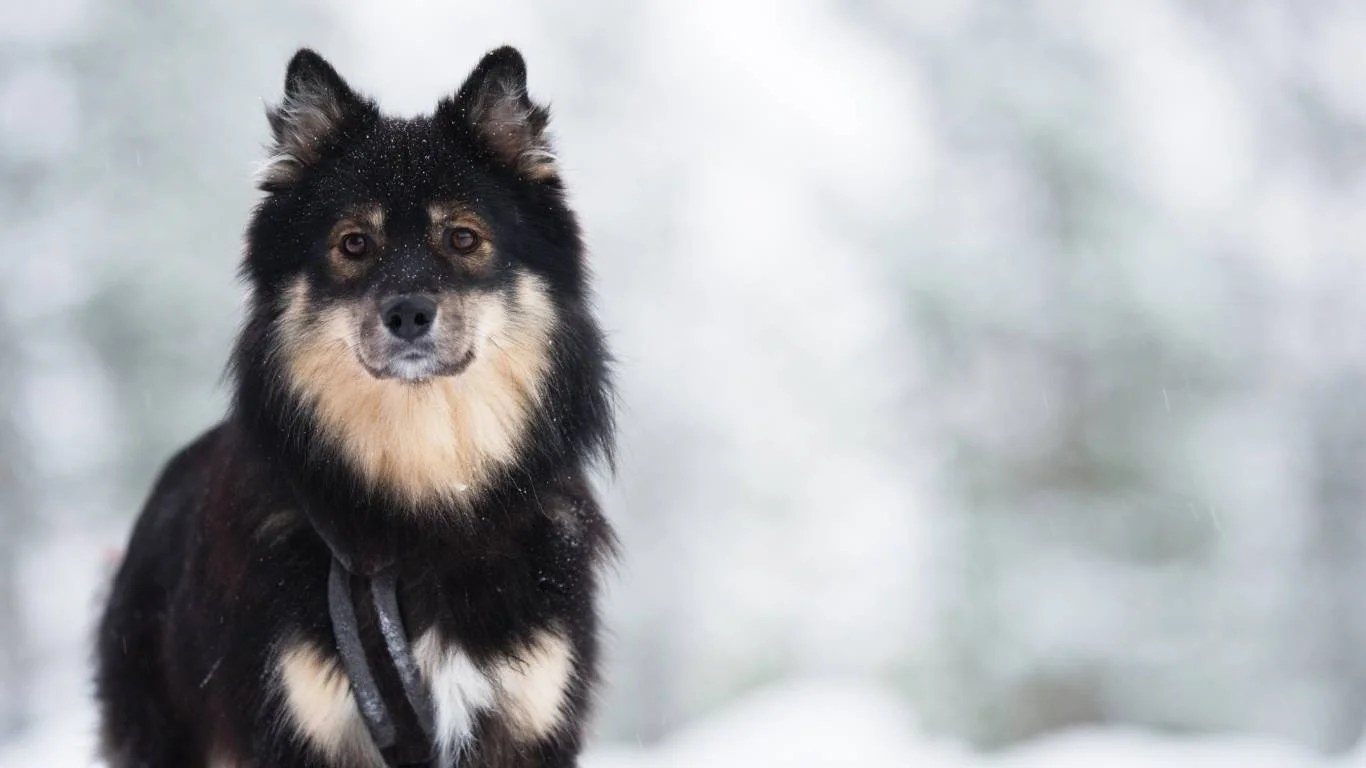
Signs It’s More Than Just a Sprain
While many limps resolve with rest and a bit of TLC, there are definitely red flags that signal a vet visit is in order. I always tell pet parents — trust your gut, but here are a few things to watch for:
- Swelling that doesn’t go down
- Limping that lasts more than 24-48 hours
- No weight bearing at all on the leg
- Obvious signs of pain when you touch the leg
- Changes in behavior — if your usually playful pup is suddenly withdrawn
What the Vet Might Check
When you bring your limping dog in, we’ll typically start with a hands-on exam. Sometimes we’ll recommend X-rays if there’s a suspicion of a fracture or torn ligament. In some cases, it’s an old injury flaring up — yes, dogs get arthritis too. Nutrition plays a role here, by the way — more on that later.
First Aid Steps You Can Try at Home
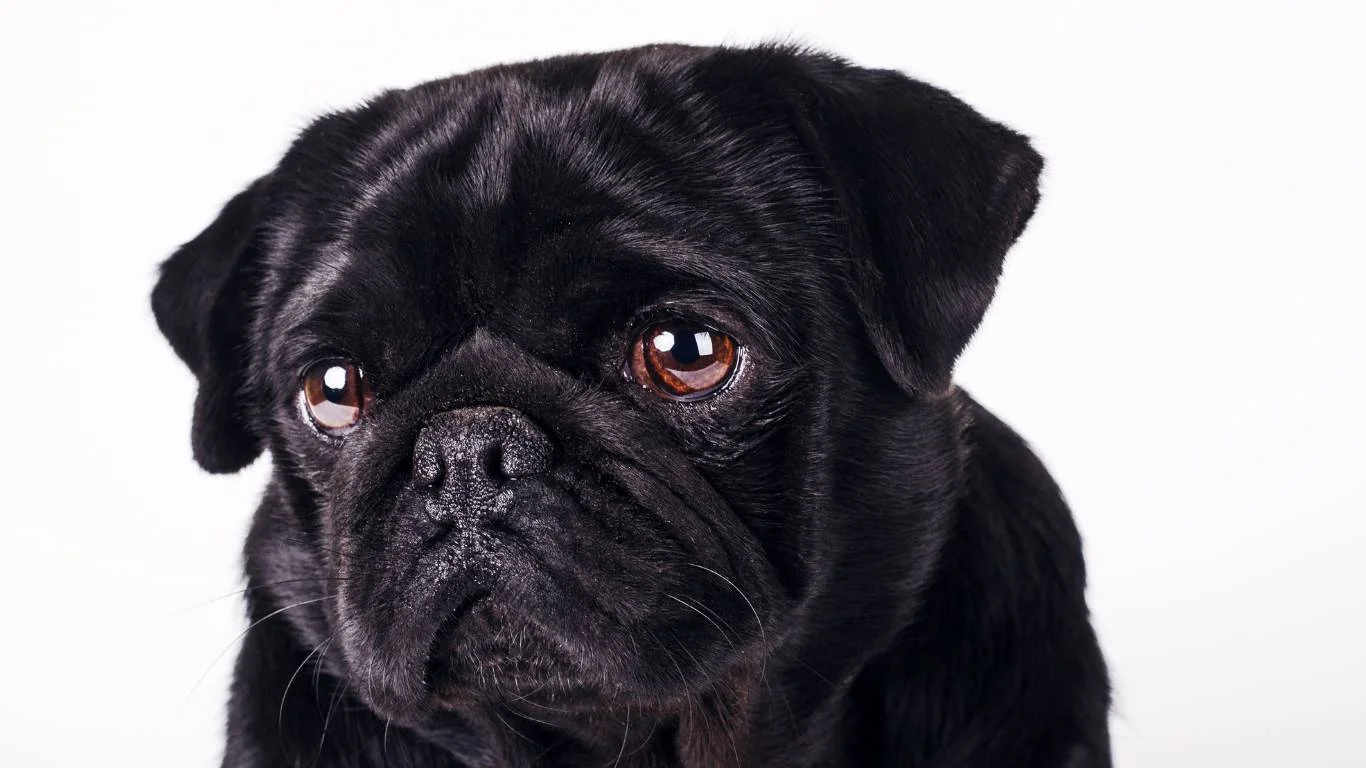
Rest is Everything
This sounds simple, but it’s the most important. Restrict movement for a day or two — crate rest if needed — and let your dog recover. I’ve had plenty of cases where a limping dog bounced back to normal after 48 hours of chill time.
Cold Compress for Swelling
If there’s visible swelling, try applying a cold compress wrapped in a towel to the area for 10-15 minutes at a time. Don’t apply ice directly to the skin. It helps reduce inflammation and gives your pup some relief.
Keep Their Weight in Check
This is where my nutrition background comes in. Overweight dogs are way more prone to joint and muscle injuries. If your pup’s been putting on a few extra pounds, it might be time to tweak the diet a little — not just for the limp, but for long-term health.
Nutrition and Recovery: Fueling the Healing Process
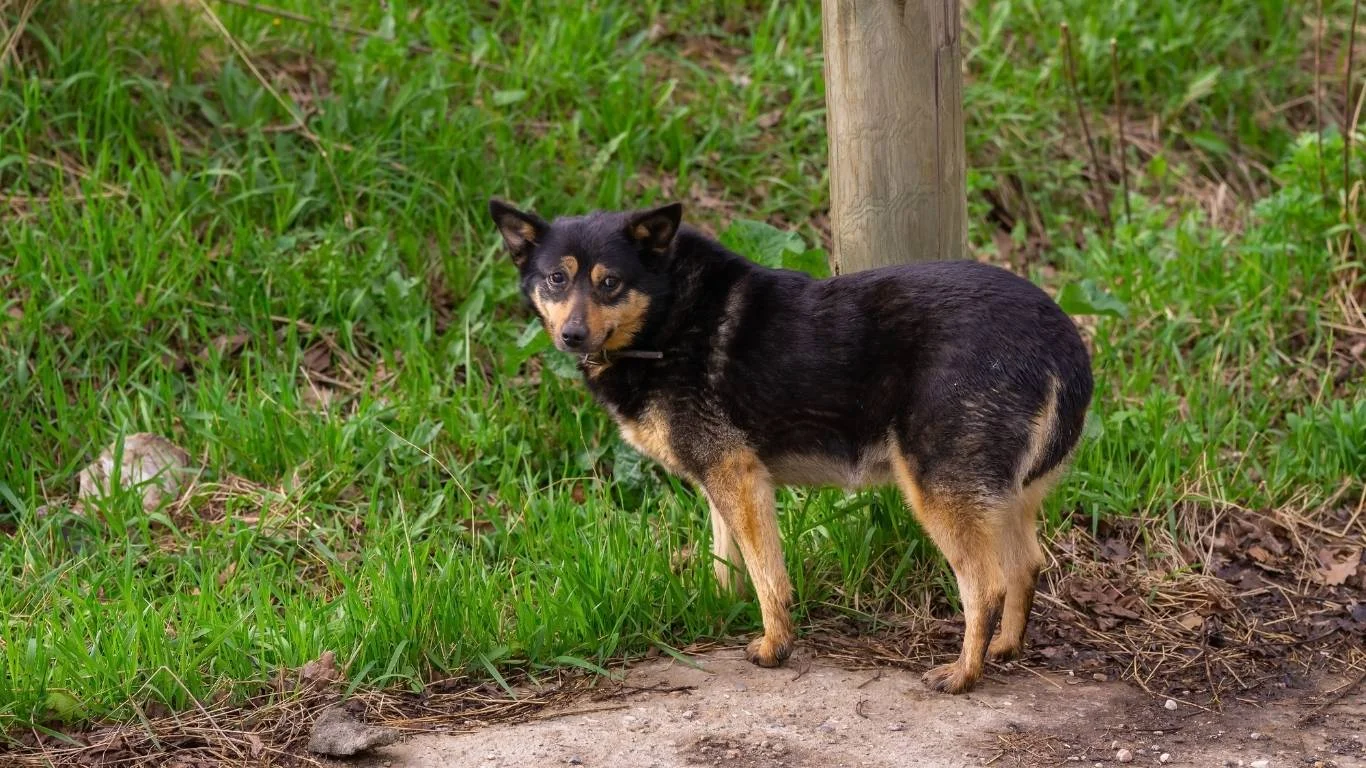
Feeding Joints from the Inside Out
Now this is where I get a little nerdy — in the best way. As someone who’s worked in vet clinics with a focus on nutrition, I’ve seen firsthand how much of a difference the *right* food makes. When your dog is limping after running, you’ve got to think beyond just the leg — their body needs the right nutrients to repair tissue, fight inflammation, and get back to normal.
Omega-3 fatty acids (from fish oil or certain supplements) can help reduce joint inflammation. I’ve recommended them to clients time and time again, especially for athletic dogs or those prone to overuse injuries.
And don’t forget glucosamine and chondroitin. These two are the MVPs when it comes to supporting cartilage and joint structure. A lot of premium dog foods have them added, but in more severe cases, your vet might suggest a separate supplement.
Hydration Also Matters
This might sound basic, but dogs recovering from any injury — even something minor like a strain — need to stay well hydrated. Water helps flush out inflammation-related waste from tissues. Plus, if you’re giving kibble, adding a little low-sodium bone broth can boost hydration and provide extra nutrients (and hey, most dogs go nuts for it).
Modifying Activity: Smart Ways to Keep Them Moving
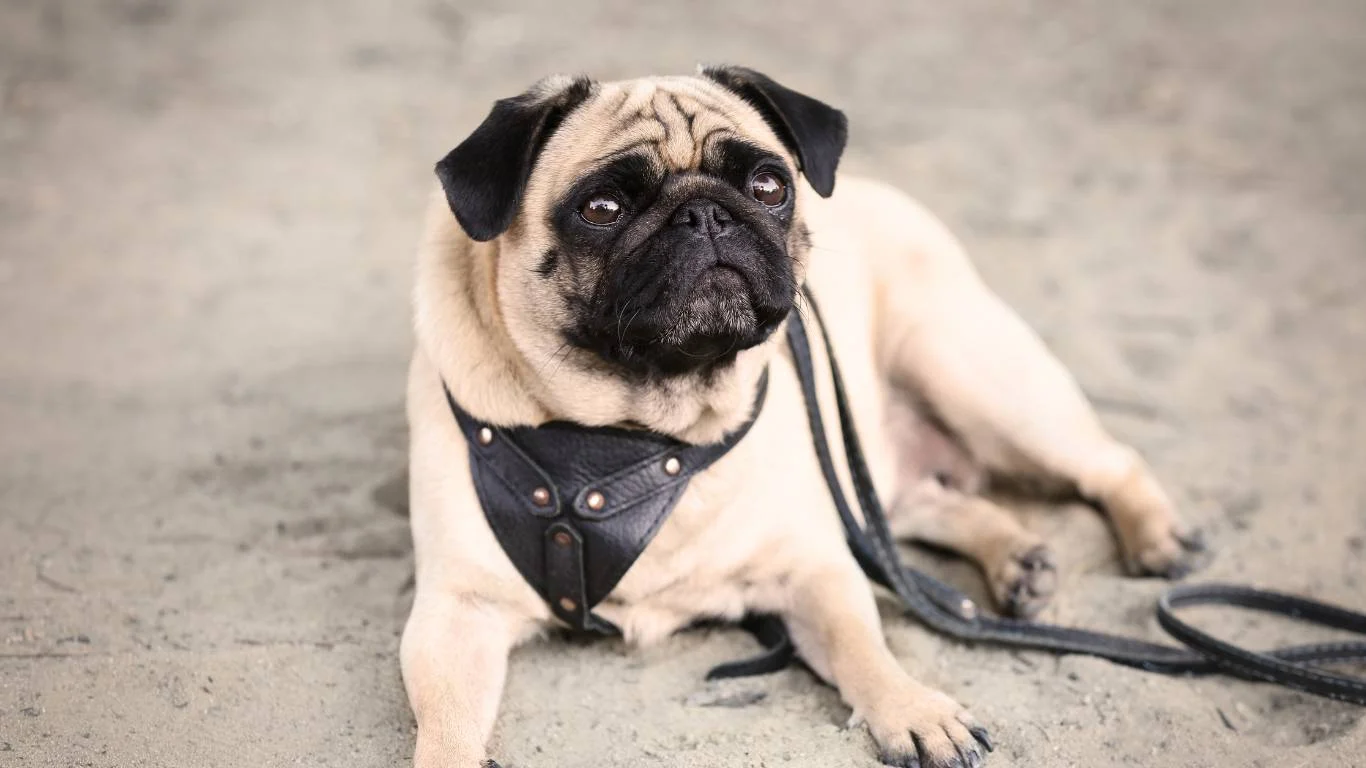
Controlled Movement Over Couch Potato Mode
After the initial rest period, total inactivity can backfire. I once had a sweet old Labrador named Teddy who limped on and off after running too hard. The key was easing him back into movement, not cutting it out entirely.
Here’s a simple plan I often suggest to pet parents:
- Day 1-2: Strict rest, leashed potty breaks only.
- Day 3-5: Gentle leash walks, 5-10 minutes, twice a day.
- Day 6 and beyond: Slowly increase duration and pace — but no off-leash or high-impact play yet.
Every dog’s pace is different, so always observe how they respond and don’t rush it.
Try Low-Impact Activities
Swimming is honestly one of the best things you can do if your dog is limping after running — assuming they like water. It lets them move without putting stress on their joints. Hydrotherapy is something a lot of rehab-focused vets recommend, and I’ve seen dogs improve much faster with it.
Preventing Future Limping Episodes

Warm-ups and Cool-downs (Yes, for Dogs Too!)
This might sound a little “extra,” but I always advise pet parents to get their dogs warmed up before they bolt out like a rocket. A few minutes of walking before and after play sessions helps get blood flowing to muscles and reduces injury risk.
It’s not about stretching like a yoga instructor — just easing them into movement. I had a client who turned this into a routine: 5 minutes of sniff-walking before every game of fetch. Her energetic Border Collie hasn’t limped since.
Watch the Surface They Run On
Not all running surfaces are equal. Grass is generally safer than pavement. Slippery tile or hardwood indoors can be a disaster waiting to happen. I’ve seen dogs wipe out and strain their limbs from chasing toys down the hallway. Outdoor trails, with their uneven terrain, can also lead to unexpected limping episodes.
Regular Paw and Nail Maintenance
This one gets overlooked a lot. Long nails can throw off your dog’s gait and cause strain on their joints — not to mention the risk of a torn nail, which hurts a lot. Regular trims and checking paw pads for cracks, thorns, or stuck debris should be part of your weekly care routine.
What to Do if Limping Becomes a Pattern
Keep a Limp Log
Okay, this sounds way more serious than it is. A limp log is just a quick note in your phone or journal — when the limp started, which leg, what activity caused it, and how long it lasted. If your dog keeps limping after running, this log can be super helpful to your vet (and it makes you look like a rockstar pet parent).
Ask About Orthopedic Screening
If you’re seeing repeated limping episodes, it could be something deeper — like early arthritis, hip dysplasia, or a luxating patella (especially in small breeds). I’ve seen dogs get early treatment and thrive, all because their owners caught the signs early and asked for a more detailed exam.
Bottom line? If your dog is limping after running, there’s usually a fix — whether it’s rest, nutrition tweaks, or small lifestyle changes. As someone who’s seen hundreds of limpy pups walk (or bounce) back, I promise: you’re not alone in this.
When Limping Persists: Understanding Chronic Issues
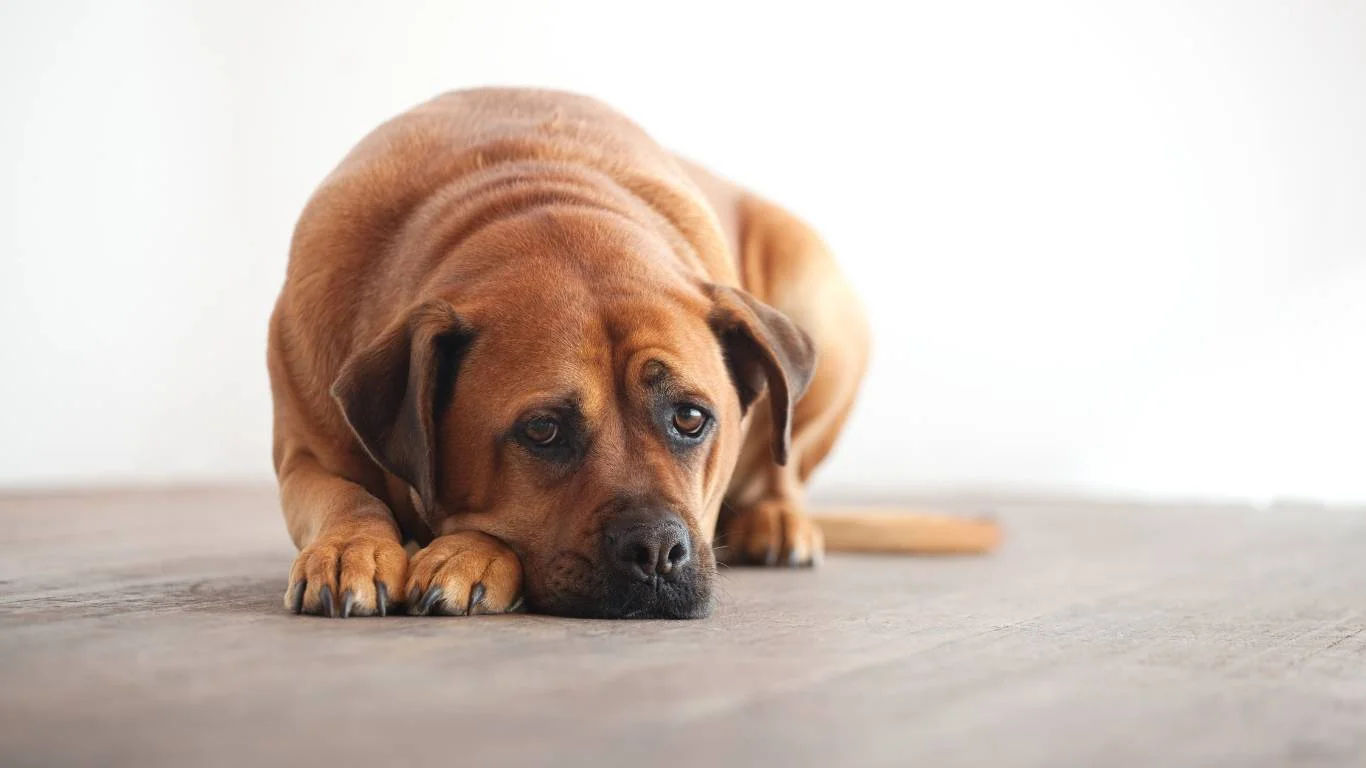
Identifying Underlying Conditions
Sometimes, what starts as a simple limp after running can evolve into something more persistent. In my time working with dogs, I’ve seen a few cases where an unnoticed injury or a developing condition turned into a chronic issue. Conditions like arthritis, ligament tears, hip dysplasia, or luxating patella are common offenders. If your dog’s limp sticks around or worsens, it’s critical to get a thorough check-up.
From personal experience, early detection makes all the difference. I remember a sweet Spaniel named Max who kept limping after running but seemed fine otherwise. After a vet visit and some imaging, we found out he had a partial cruciate ligament tear. With proper care, Max was back to his playful self in a few months.
Physical Therapy and Rehabilitation
More vets and pet owners are turning to physical therapy and rehab for limping dogs, and for good reason. Tailored exercises, massages, and even hydrotherapy can speed up healing and prevent future injuries. I’ve worked alongside rehab specialists who design plans to improve strength and flexibility — it’s incredible to see the progress dogs make with the right guidance.
If you suspect your dog might benefit from rehab, ask your vet for a referral to a certified canine rehabilitation therapist. They’ll customize exercises that are gentle yet effective, making the recovery process less stressful for both you and your pup.
Practical Tips for Daily Care and Monitoring

Be Observant and Patient
One of the most important things I always share with pet parents is this: pay close attention. Dogs are great at hiding pain, so any subtle change in gait, behavior, or mood might be your only clue. You know your dog best, and your instincts matter.
Sometimes the limping isn’t a big deal, but other times it’s a sign that something needs more care or treatment. Don’t wait until it becomes a crisis. When in doubt, reach out to your vet — it’s always better to check than to guess.
Create a Comfortable Environment
Supporting your dog at home is just as important as any medical treatment. Make sure their resting area is soft and warm, especially if they have joint issues. Avoid slippery floors that might cause slips or falls, and provide non-slip mats or rugs where necessary.
Regular Vet Visits and Check-ups
Finally, regular vet visits are key to keeping your dog healthy and limping-free. Annual exams help catch problems early, especially for breeds prone to orthopedic issues. Plus, it’s a great time to discuss nutrition, supplements, and exercise plans tailored to your dog’s lifestyle.
Summary of What to Do If Your Dog Is Limping After Running
- Observe: Check for swelling, cuts, or debris in the paw.
- Rest: Restrict activity and give your dog a chance to heal.
- Support: Use cold compresses if needed and provide proper nutrition.
- Modify activity: Slowly reintroduce gentle movement and consider low-impact exercises.
- Seek help: Contact your vet if limping persists, worsens, or if your dog shows signs of serious pain.
References
Disclaimer
This article is intended for informational purposes only and should not replace professional veterinary advice. If your dog is limping after running or shows signs of pain or distress, please consult your veterinarian promptly to receive an accurate diagnosis and appropriate treatment plan. Every dog is unique, and only a qualified vet can provide personalized care recommendations.
